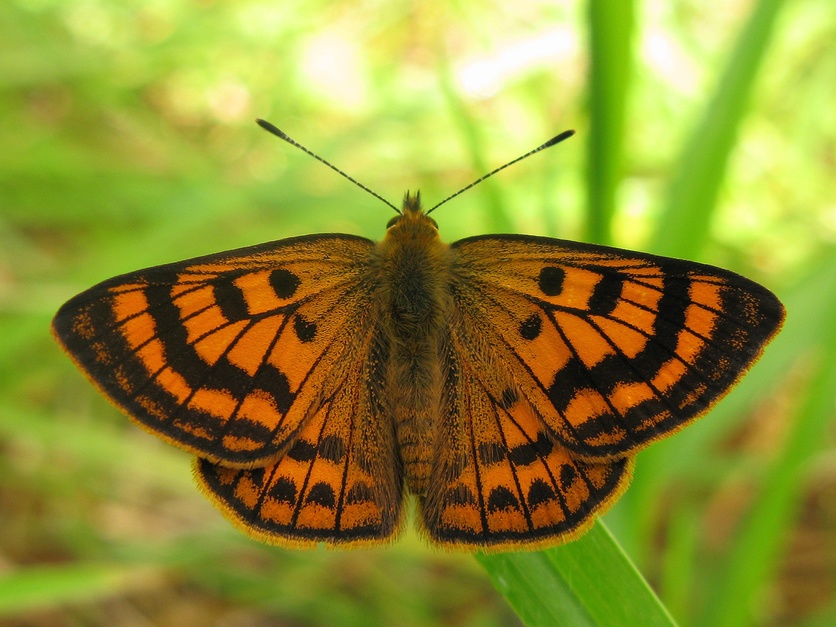Almost all of the butterflies in New Zealand are native and most are endemic. Compared to big, colourful species from other countries, our native butterflies are small and secretive.
When someone mentions the word butterfly, what image pops into your head? Chances are, it’s the monarch butterfly or the white butterfly, as these are our most visible butterflies.
Our elusive native butterflies
Did you know that New Zealand has only a few butterfly species? Scientists think that they are relatively recent arrivals, either blown in from Australia or flying in via New Caledonia. In spite of the small number, there’s a lot we don’t know about our butterflies. The alpine habitats, camouflage and sluggish life cycles of our native butterflies make them tricky insects to find and study in the wild. Even our well known butterflies have experts scratching their heads about their habits.
Citizen science opportunities
Some of the people helping to fill the gaps in our butterfly knowledge are citizen scientist groups like the Moths and Butterflies of New Zealand Trust (MBNZT), founded by Jacqui Knight. Volunteers gather information by conducting butterfly counts to collect data about the number and locations of all our butterfly species. From 2005–2021, MBNZT conducted a tagging programme to establish whether there were migration patterns within the monarch population. This tagging data showed that the majority of monarchs overwinter in the area around where they eclose. The MBNZT welcomes school involvement. The tagging project begins again in 2025. Students can become citizen scientists by following established protocols – such as setting up transects and observing monarchs in the school garden as part of the international Monarch Larva Monitoring Project.
Ahi Pepe MothNet is a Participatory Science Platform initiative that investigates the distribution and ecology in New Zealand. It also has established protocols to ensure school students collect robust data about our native and introduced moth species.
The Entomological Society of New Zealand started the Bug of Year competition in 2023 and the red admiral butterfly won in 2024. This article looks at how we can help the butterflies of Aotearoa and some of the threats that they face.
The Pieris Project is an international online citizen scienceproject working on DNA profiling white butterflies to determine their ancestry and origin.
Butterflies and alternative conceptions
Students hold a few alternative conceptions regarding butterflies and moths. The articles Differences between butterflies and moths and New Zealand moths address some of these issues. A second area, life cycles and metamorphosis, are compared and contrasted in the interactive Monarch butterfly life cycle and the activity White butterfly life cycle. A third area, toxicity, is covered in Butterfly defence mechanisms.
Teacher resources
A butterfly story in a primary classroom shares the account of a year 4 class as they took action to become butterfly warriors to protect butterflies in their school environment. Ideas from this experience formed the basis of two unit plans – one for lower primary and another for upper primary.
This PLD webinar highlights the science skills and capabilites covered in this citizen science endeavour.
Related content
The topic Butterflies and moths has links to Hub articles, activities, media and professional development. Use the filters to narrow your search.
Read about tagging in the Connected journal article Look out for Monarchs.
Useful links
Visit the Moths and Butterflies of New Zealand Trust (MBNZT) website.
Download the Counting Coppers Unit Plan by Bianca Woyak, Burnside Primary School on the Moths and Butterflies of New Zealand Trust website. It is aimed at levels 2–4 and encourages students to work as citizen scientists to observe and record sightings of copper butterflies and participate in an action project.
Information about the international Monarch Larva Monitoring Project is here.


